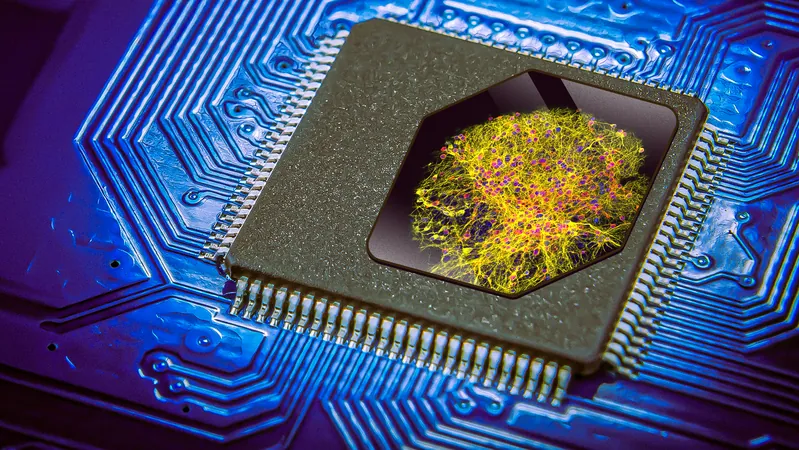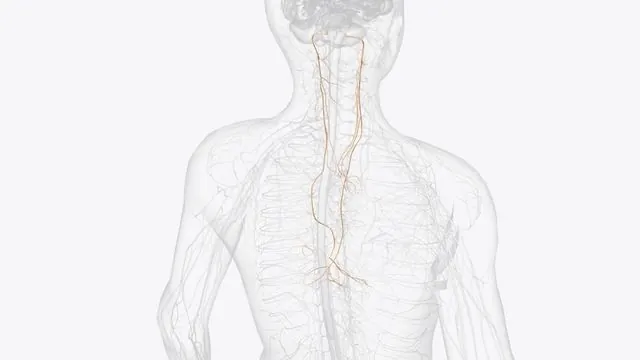
The Future of AI: Are Brain Cells the New Silicon?
2025-04-27
Author: Wei Ling
Imagine This: AI Powered by Brain Cells
Fast forward to 2050: Artificial Intelligence is woven into the fabric of our daily lives. But here's the twist—rather than relying on traditional silicon chips, these intelligent systems operate on lab-grown brain cells in a dish. Sounds like a plot straight out of a sci-fi movie, right? Well, it’s becoming a reality.
Revolutionizing Intelligence with DishBrain
In 2023, Cortical Labs from Australia captured global attention with their groundbreaking DishBrain experiment. This project combined human and mouse brain cells within a microscopic electrode array—essentially a high-tech grid that monitors electrical activity between cells—and taught these cells to play Pong, one of the earliest video games.
The experiment's success is monumental: it demonstrates that brain cells grown outside a living organism can learn and adapt to play a game. Experts herald this as a major milestone, opening pathways to what some are calling 'biological AI.' After all, today’s AI systems strive to mimic the human brain’s intricate processes.
Harnessing the Power of Live Neural Tissues
The implications are intriguing—Cortical Labs revealed that neural organoids, which are lab-created tissues imitating brain structure and function, can be trained for specific tasks. Their new device, CL1, allows businesses to perform their own DishBrain experiments.
A Game-Changer for Industries
Cortical Labs’ co-founder, Hon Wen Chong, claims that a multitude of industries stand to gain from CL1. It could transform drug testing for pharma companies or advance neuroscience research for biotech firms. Think of it as a 'biological computer' packed with potential.
Is It Too Good to Be True?
However, the device comes with a hefty price tag of $35,000, equivalent to a high-end lab equipment piece rather than a consumer gadget. Measuring 22 inches long and 5 inches high, CL1 resembles a mini toaster oven.
Accessible to any science lab equipped to cultivate brain cell cultures, it empowers researchers to stimulate cells and observe their responses, paving new avenues in neurotechnology.
The Next Leap: From Science Fiction to Reality
Despite its revolutionary potential, Chong acknowledges that CL1 isn’t ready to replace silicon chips just yet. Though equipped for unparalleled research capabilities, we may still be years away from fully realizing the implications of 'wetware' as a mainstream alternative.





 Brasil (PT)
Brasil (PT)
 Canada (EN)
Canada (EN)
 Chile (ES)
Chile (ES)
 Česko (CS)
Česko (CS)
 대한민국 (KO)
대한민국 (KO)
 España (ES)
España (ES)
 France (FR)
France (FR)
 Hong Kong (EN)
Hong Kong (EN)
 Italia (IT)
Italia (IT)
 日本 (JA)
日本 (JA)
 Magyarország (HU)
Magyarország (HU)
 Norge (NO)
Norge (NO)
 Polska (PL)
Polska (PL)
 Schweiz (DE)
Schweiz (DE)
 Singapore (EN)
Singapore (EN)
 Sverige (SV)
Sverige (SV)
 Suomi (FI)
Suomi (FI)
 Türkiye (TR)
Türkiye (TR)
 الإمارات العربية المتحدة (AR)
الإمارات العربية المتحدة (AR)